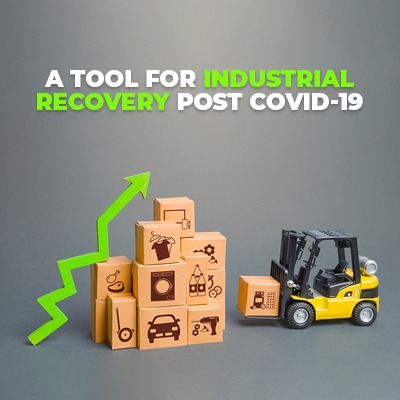The outbreak of Covid-19 sent the world’s economy into hibernation mode, from which it hasn’t still fully recovered. Countries around the world are still looking around for ways to mitigate the crippling impacts of the pandemic on the industry sector. And while mitigating the full impacts of the pandemic may still be a long-fought battle, industries may ease the pandemic impact by implementing energy efficiency and conservation measures.

Addressing the economic progress - Decentralizing energy sector in Pakistan!
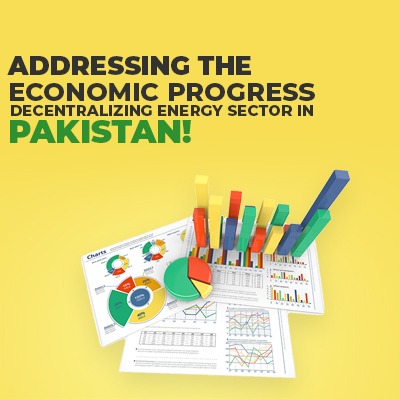
The reasons behind Pakistan’s lack of economic progress can be traced to various components including, political uncertainty, law and order situation, business-friendly environment, low market demand, and trade barriers. However, one important factor that equally impedes economic progress but is often overlooked, the power sector.
The 8 Best Home Energy Efficiency Improvements You Can Make

Choosing the right upgrades that can help save money on energy bills, while also adding value to the home is an important consideration for domestic energy consumers.Since most homeowners in Pakistan aren't well-versed with retrofitting, it's best to start with simple upgrades that are effective in lowering the energy utilization and save them money on bills. For instance, installing weather stripping across doors or sealant around windows are inexpensive yet effective “quick fixes” with a noticeable effect on the inside temperatures and cooling needs.
The Need for National Behavior Change Efforts to realize the full potential of Energy Efficiency and Conservation measures in Pakistan
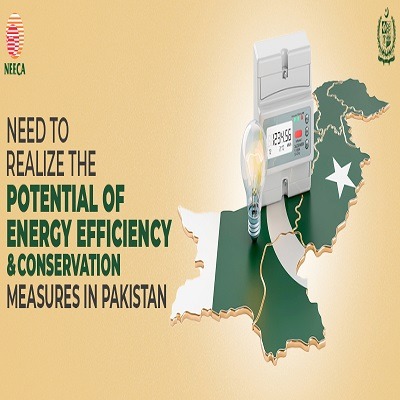
Persuading the people to be more cautious in the use of energy has long been seen as the most effective and simple approach to tackle climate change. However, “persuading people” remains the problem in this approach.If we are to look at the global policies and programs implemented to encourage energy conservation amongst people, we see a heavy reliance on technological interventions, as well as, economics; consumers save money by saving energy.
The Hybrid Generator
.jpeg)
The electricity market in Pakistan has been characterized in recent years by marked changes in the primary energy sources used for producing electricity. In the fiscal year 1990/91, hydropower still accounted for nearly 45% of all electricity generated in the country, but by 2001/2002 that share had dropped to only 26%. Simultaneously, the share of thermally generated electricity increased from 54% to 71%, most of that the increase is the result of capacity expansion since the early 1990s in response to power shortages and the resultant frequent power outages.
Rethinking Cities – Constructing Earthquake-Proof Buildings!

Throughout history, humans have built some imposing structures and massive cities, only to see them being destroyed by the forces of nature. If we are to look at some of the most destructive forces of nature, Earthquake is right up at the top. The Earthquake doesn’t just unleash massive destructive forces to eliminate structures and cities, but it’s also one of the few natural hazards that’s hard to predict. The seismic waves generated from the earthquake carries enough destructive power to quash most of the manmade structures claiming lives, and monetary losses.
Energy Policy Reforms & Outcomes
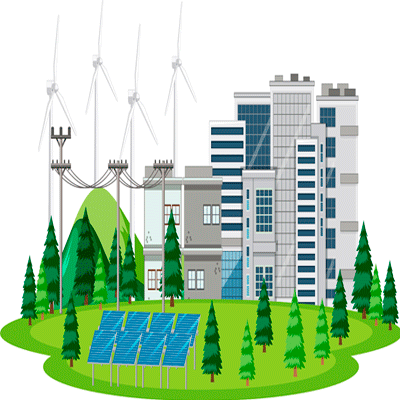
The key focus of Pakistan's energy efficiency and conservation is on different sectors of economy.ENERCON was established in 1985 as USAID project and became an autonomous authority in 1986.In 2016, National Energy Conservation Centre (ENERCON) was transformed into National Energy Efficiency and Conservation Authority (NEECA). The National Energy Efficiency and Conservation Authority (NEECA),takes a lead on rolling out the energy efficiency and conservation in Pakistan. The National Energy Efficiency & Conservation Authority (NEECA) can play a very significant role in these crucial circumstances.
Industrial Innovation – ZigZag Technology

The Industrial sector is the most energy intensive sector in Pakistan; accounting for 37.13% of the country’s overall energy consumption, according to Pakistan Energy Yearbook 2019. In industrial sector, Its is the strategy of National Energy Efficiency and Conservation Authority (NEECA) a total saving up to 1.3 MTOE will be achieved by improving energy efficiency in electrical systems, optimization of thermal utilities, and carrying out mandatory industrial energy audits.
Ways of Energy Efficiency and Conservation in the Agriculture Sector

Technology advancement has not only saved time and provided maximum output in different sectors, but also replaced the old and traditional concept of farming. While on another hand it has affected the environment, behaviors of people, and the country's economy. Initially, farmers used bulls to plough the fields instead of a tractor; they used Noria for watering their farms, and manually harvested however now they perform all these jobs using technology and which consume much energy.
Buildings Sector Energy Efficiency and Practices in Pakistan
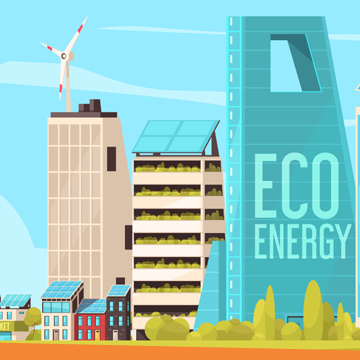
Comfort has become more important in today's life. On the other hand, it is a major challenge for most of the population to maintain a comfortable indoor temperature for long hours. As a result of climate change, the global temperature is rising, with the situation being mostly influenced by many countries, including Pakistan. Energy use as electricity or fuels has become a part of our daily lives as electricity shortages and higher fuel prices put additional pressures on the consumers.
Solar Energy, an Efficient Way of Energy Conservation
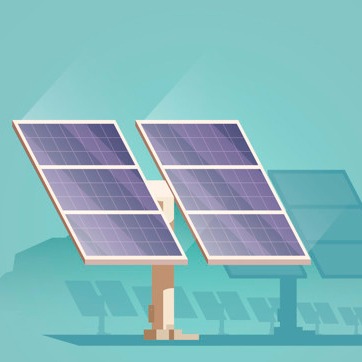
In this digital and fast-growing world, we are still far behind to understand what nature has blessed us in terms of energy. Today, almost all sectors depend upon energy in different forms and we can say our life is also dependent on it. According to a research report published by"Our World in Data” website, Asia Pacific was by far the largest regional energy consumer with 42 percent in 2015. Similarly, this was about the same as North America, Europe, and Eurasia combined (at 43 percent), the Middle East, Latin America
Why Financial Institutions Should Invest in Pakistan EE Projects?
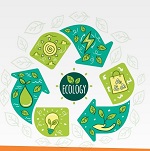
The world isn’t on track to achieve its 2030 energy goals on energy efficiency (EE). To be able to get anywhere close to these goals, government leaders and those in key financial positions must coordinate on a closer node to come up with a robust investment policy aimed to attract more investment towards clean energy. Globally, investors are looking at energy efficiency projects with keener interest and investing in various energy infrastructure upgrades including renewable energy, energy-efficient buildings, and green transportation as an opportunity to make more money.

